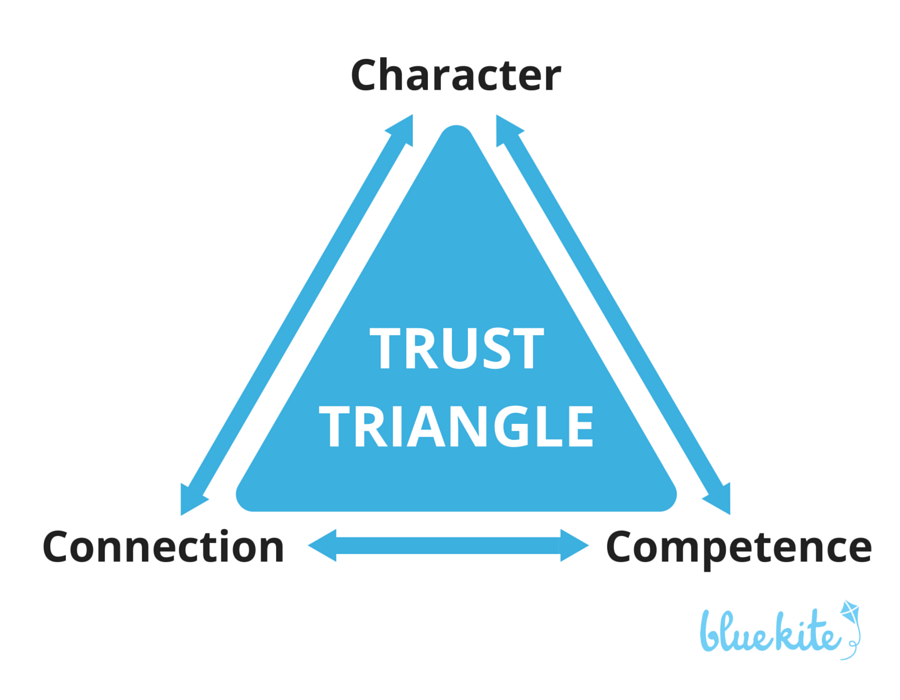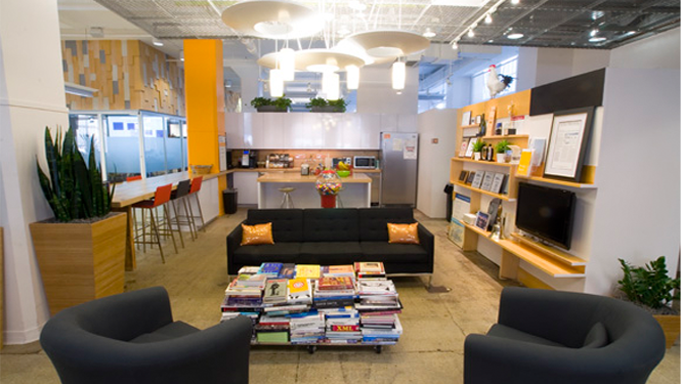When people talk about company culture, it’s easy to default to thinking about the office environment. After all, it’s the most tangible aspect of culture.
And, it’s why culture often becomes synonymous with Foosball tables and nap pods.
But those “shiny objects” are not enough to establish a strong culture in your organization.
You have to cast a compelling vision for the kind of culture you want to create first. In fact, that’s what we talked about in our last article – establishing vision, values and rituals for your culture. We call it getting the big picture right and it’s our first pillar of strong culture.
If you missed the post, go back and read it here.
CULTURE PILLAR 2: Creating the Right Environment
Once you’ve established the big picture for your organization’s culture, you can use that to create the right environment for your team.
This is the second pillar of how founders create a strong, intentional culture. And that’s what we’ll focus on today.
Although the physical space is a part of creating the right environment, it’s not the only thing to consider. There
are four key things you need to set the tone of your office.
1. Team-Based Relationships
Every company wants their team to have positive relationships, but few really take the time to foster this behavior. Instead, companies resort to mandatory after-hours outings or team-building activities filled with trust falls in hopes that will do the trick.
However, if you really want to build strong relationships with your team, hosting sporadic events isn’t enough. You must create the right environment for it.
Having shared rituals is a good start. But, it must go deeper than that.
Healthy, team-based relationships are build on a foundation of trust. And trust requires three things – character, competence and connection. We call this the triangle of trust.

Here’s a breakdown of these three attributes:
- Character – Character is based on integrity. It means you are open, honest and transparent. You do what you say you’re going to do. When you do this, people trust you will follow through.
- Competence – Competence means you have the knowledge and skills to do the job at hand. Trust is built when you demonstrate your abilities and people can count on you to get the job done well.
- Connection – People don’t care how much you know until they know how much you care. When you take the time to build relationships with your team, they will be more likely to trust you. Connection matters.
If you want to build a strong team, start by building trust. As the leader of your team, you must model this behavior first.
Trust isn’t built overnight, but it is a worthwhile investment. And, it won’t mean that everyone in your organization will automatically become best friends. But, focusing on trust is the best way to create an environment where team-based relationships can develop.
2. Intentional Communication
Ever played the game of telephone?
The idea is that a group of people stand in a line and the first person whispers a word or phrase to the person next to him. And this continues down the long line of people until it reaches the last person. At that point, the person at the end of the line shares the phrase aloud.
If you’ve played this game, you know how rarely the final word or phrase matches the original.
This game is also the perfect illustration of what can happen in companies that don’t focus on creating clear lines of communication.
Communication can be tricky at work. And, it is only getting more complicated.
Thanks to email, text message and tools like Slack, today’s workplaces are communicating more and more by text. As convenient as these tools may be, it also means messages get muddled and can be easily misinterpreted.
Like everything that relates to company culture, there’s not a singular answer to solving communication challenges. But, companies with strong culture prioritize direct and clear communication – both from leadership and amongst employees.
Intentional communication means that you are mindful about what you say, how you say it and the mechanism you use for delivering the message. This means you are considering how your communication impacts the person receiving the message. Ultimately, you are communicating with purpose.
These companies also consider how to communicate in a way that reflects their beliefs and values. For example, at Buffer, one of their core values is “choose positivity and happiness.” In their blog post about their core values, numerous team members talk about how this core value impacts the way they communicate with the team.
If you want to create a strong culture with intentional communication, think through these questions:
- How do we communicate internally among our staff?
- How do we communicate with clients?
- How do we deal with conflict?
- What are the expectations and policies around communication?
- How can we pay attention to nonverbal communication?
- Do we listen as much as we talk?
The answers will help you be more intentional about how you communicate.
3. Physical Space
Few things matter more to productivity than the physical space of your office.
The physical environment of your office can mean the difference between happy, productive employees and those who want to jump off of the roof. (Just ask anyone who has had to sit under florescent lights in sea of gray-walled cubicles for hours on end.)
But, this doesn’t mean you should tear down the walls of every office and cubicle to create an open floor plan. Instead, consider what your physical space says about your brand and the culture you’re trying to create.
For instance, if collaboration is highly valued at your company, it makes sense to consider how your space can foster that work habit. On the other hand, if you’re a team is highly driven and focused, your should create a space that reduces noise and stimulation to allow for intense concentration.
The point is that your office space should reflect your values and working style.

A great example of this is LivePerson, a company that specializes in online customer engagement solutions.
When it came time to move into a bigger office, LivePerson engaged employee volunteers to create a space that reflected their mission to “Create Meaningful Connections” and their core values of helping others and being an owner.
The resulting office space features no cubicles, doors or barriers. And every wall is a canvas for pinning things or writing. When the team moved in, they said it “felt like home” because they had a say in the design.
This is a great example of how the design of a space can influence and reflect the company’s culture.
4. Value-Driven Benefits
Employees love perks. But, that doesn’t mean you should randomly select some benefits for your team.
Take Patagonia, for example. They offer flexible schedules to allow their outdoor-enthusiast employees time for exploring. Patagonia founder, Yvon Chouinard, calls this “let my people go surfing” time (incidentally, that’s also the name of his book.).
Because Patagonia hires people who love being outside as much as possible, the company creates an environment that fosters work-life balance and makes it easy for them to chase their pursuits.
This incentive has paid off.
Patagonia employees rave that they are more productive when they get a chance to spend time outside. Not to mention, the company has an extremely low staff turnover and has tripled their revenue in a five-year period.
Creating values-driven benefits shows that your company practices what you preach. It’s a tangible way to demonstrate to employees that your values actually mean something.
And, just like Patagonia, it will help you attract and keep employees who share your values and beliefs.
The Right Environment Impacts Company Culture
Creating the right workplace environment isn’t easy, but it’s a critical and necessary component to establishing a strong culture at your company.
Once you’ve established the big picture vision and created the right environment, there’s only one pillar left to creating a winning culture. That’s what we’ll talk about in our next post. Subscribe here so you don’t miss it.


